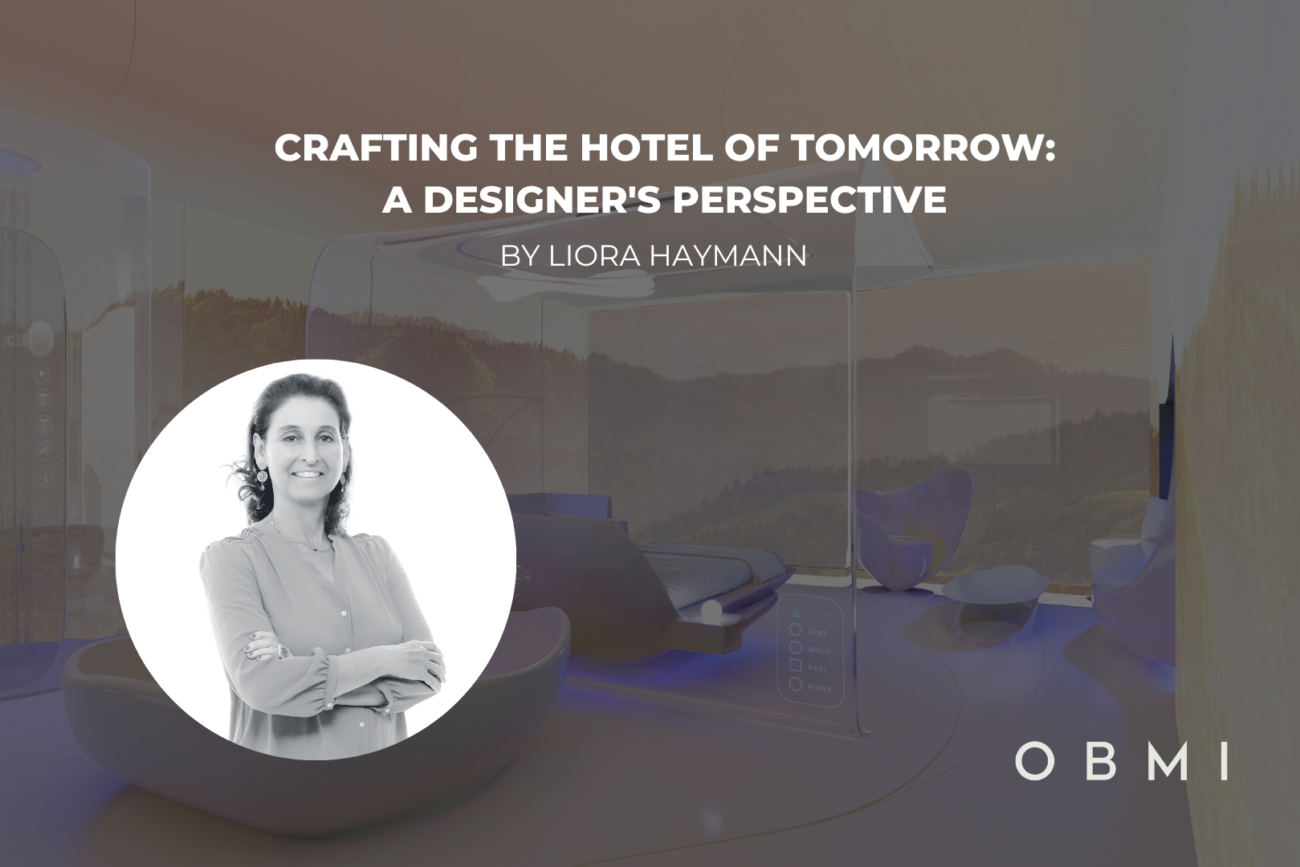Into the Metaverse: Fusing the Real World with the Digital World
Article Published by Middle East Consultants
With a new architectural era among us, the creation of place-making has teleported to a parallel world – to a realm that bypasses physical constraints of materiality, structural integrity, and enclosure from the physical elements. This reality has unleashed a new kind of reconceptualization of what architecture is, what it can be, and how we will experience it. Though the metaverse concept has been around for decades, it has recently become a buzzword with the announcement of Facebook becoming Meta and billions of dollars invested into Metaverse technologies. Experiencing the internet will have a new connotation as we enter the 2D screen into a fully immersive 3D world, A 3-Dimensional world of connectivity that enables users to shop, visit friends and family, and meet with colleagues and clients all in one place. We must ask ourselves how to utilize this evolving technology best to enrich our lives and the built environment.
A 3-Dimensional World of Connectivity
The Metaverse will become a collection of fully immersive real-time environments interlinked/interoperable with one another where users (in the form of avatars/meta personas) can interact with the environment and each other in decentralized and co-created worlds. In short, the Metaverse is a virtual reality version of the internet where the outside world will be experienced in a digital form. It is all possible thanks to the emergence of Web3.0 technology, a world driven by data, decentralization, and user autonomy.
While the infrastructure behind it, Web3.0, is still in the works, the future of the internet looks promising, and it’s arriving faster than we think. The easiest way to visualize the transition from Web2.0 to Web3.0 is like moving from 2D to 3D. The existing protocols and services of today’s internet will still be usable, however, with Web3.0, we will start to see services built on permissionless blockchains with open protocols, open standards, and within open “worlds.” This provides massive opportunities for individual users, content creators, and businesses to expand and explore the latest evolution of the internet.
Shifting Paradigms
The primary aspect of architecture was intended to provide shelter to human beings from external factors. In the Metaverse, this is no longer the case. An entirely new world of possibilities has been unlocked. What kind of expression, creativity, and design has become possible? As technology advances, the philosophies continue to evolve. Each metaverse platform has a set of rules, for example, a set plot size that may limit the height and footprint, polygon count that may determine the detail of the design, or even a cap on the number of users that can access at once. These new constraints will create a unique form of architecture, and it will continue to adapt as the Metaverse evolves. The methods of conceptualizing architecture in the Metaverse will need to be reimagined.
As architects looking forward to building and shaping the future of Metaverse Architecture, we will start to incorporate aspects of multiple fields. For example, user interface, content design, character design, landscape development, blockchain-based protocols, and even game design. Within the Metaverse, multiple virtual worlds will contain a mix of physical and digital realities, where people can experience and engage in various activities. Most activities will be centered around social activities like meeting with friends, clients, and loved ones. There is also a utility aspect that can enable education to be easily accessible worldwide or allow users easy access to government agencies and healthcare operated 24/7 by expert digital assistants.
Each of the current Metaverses offers different possibilities; A creator entering the Metaverse must first ask about the most critical aspects of their goal. Factors like daily user count, age and demographics of users, and open or closed platforms (either enable total freedom of creation or work within a “design” framework) and other aspects will determine which Metaverse platform will best suit their needs. Entering a Metaverse may or may not require the purchase of digital land in the form of a Non-Fungible Token (NFT) with the native cryptocurrency of the platform. Each one of the current Metaverses offers different options.
The structures in the Metaverse are made of polygons or voxels that are defined as three-dimensional pixels. In contrast, some provide a sprawling, colorful, low poly wonderland, expanding to other more tightly detailed worlds that focus on high-quality renders that explore niche ideas. While others use cubes as a standard building block for each ethereal build and an ingrained emphasis on recreating an Earth-like world.
Opportunities to Decarbonize the Earth
As we head toward the next big-tech paradigm shift, we must consider the impacts it may have on our planet. Many blockchains, such as Ethereum, verify transactions through “proof-of-work,” which is an energy-consuming process where hundreds of computers on a network solve complex cryptographic puzzles to verify transactions. Simply put, every transaction made using cryptocurrency on a PoW blockchain is energy-consuming. The amount of energy consumed for the blockchain alone is estimated to be 150 terawatt-hours annually.
Luckily, hundreds of blockchains are all working toward a more sustainable future. Ethereum network, which is the major network powering the majority of the virtual transactions, will be rolling out the next generation that will move to “proof-of-stake,” which reduces energy consumption up to %99.95 while providing the same transaction verification. In addition to recycling e-waste and setting up 100% renewable energy data centers, like Google and Microsoft plan to set up run data centers to completely carbon-free power by 2030.
Another way the Metaverse can help in that is by using digital twins. Digital twins represent the physical world and allow users to interact with these digital replicas anywhere and in several efficient ways. They are especially effective in helping to control energy usage and carbon emissions. The options are limitless, and the opportunities presented by governments worldwide are making it more attractive and affordable to rethink how technology can help reduce greenhouse gasses. The 3D digital twin showcases a scaled layout of the facility and offers a virtual walkthrough that can be manipulated and viewed from multiple planes. To start tracking commissions, decarbonizing the workforce, decarbonizing industries, reducing paper waste, and the need to prototype numerous times, digital twins are a great solution.
Virtual Economies
Creating value that can easily monetize is crucial to the survival of any virtual world. With the influx of millions of users globally, a thriving economy will be required to support the activities of its users. Blockchain-based cryptocurrencies will be the tool used for the digital assets within the Metaverse to be securely created, exchanged, shared, tracked, and allow for cross-world interoperability (meaning that the supercar you bought in one Metaverse can be enjoyed to its fullest in another metaverse).
Each day we hear more and more adoption and usage of the Metaverse. Governments across the globe are announcing roadmaps for Metaverse adoption. The Dubai Municipality has recently announced plans to have a futuristic Metaverse city called “One Human Reality.” Saudi has announced it will be developing a digital twin of NEOM. The Seoul government announced that they’re creating a virtual communication ecosystem for all of its municipal administration, where their citizens and residents will be able to complete all of their governmental documents in a digital twin within the Metaverse.
Technology Triggers Monumental Change
The beating heart of the Metaverse is centered around its users. Every participant in any virtual world will take part in co-experiences and be a co-creator of the future of the Metaverse. User-generated content, personal stories, and interactions will shape each Metaverse platform. It’s an endless space where there are no limits to how many people can use it simultaneously, what you can do in any given place, what industries are allowed to join, and so on. It widens accessibility far more than any current internet platform. Users can enter the Metaverse freely, from anywhere in the world, and there will always be continuity to their experience.
The Role of NFTs In The Metaverse, From Collectability to Utility
Non-Fungible Tokens, which are records of ownership of a digital item (stored and authenticated via the blockchain), are the key component of the Metaverse economy. NFTs enable the authentication of possessions, property, or even identity. They act as highly secured cryptographic “”keys”” that cannot be deleted, copied, or destroyed. This security is necessary for a Metaverse society to succeed and interact with other organizations. The birth of NFTs had a significant focus on digital art, but as the knowledge of NFTs expands, they are going to become much more powerful. It will be a tool to represent digital assets across virtual worlds, and this application will have an enormous impact. Beyond the hype of the multi-million-dollar digital art sales, the significance of NFTs is the beginning of resembling a genuinely human society based on free markets (goods, services, and ideas) and social contracts that will enable the Metaverse to thrive.
The Sky is No Longer the Limit
Looking ahead, as creators, governments, businesses, and communities are embracing the Metaverse, this decentralized society will continue to evolve and enrich our lives. More than ever, keeping the user’s well-being and a sustainable core is increasingly apparent. Like in the real world, to build a sustainable future, platforms must be made with a moral, social understanding of community and understand the overall impact blockchain technology has on social structures, environment, and commercial appeal. To provide a true state of virtual, luxurious experiences to the users across the globe and create exceptional virtual environments that evoke new feelings and a chance to experience architecture in a new and unprecedented way.






